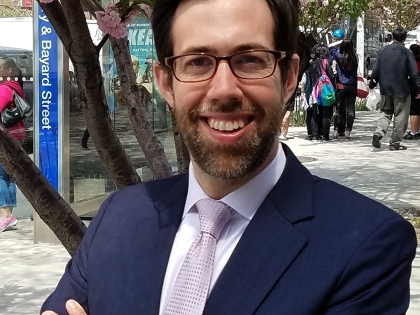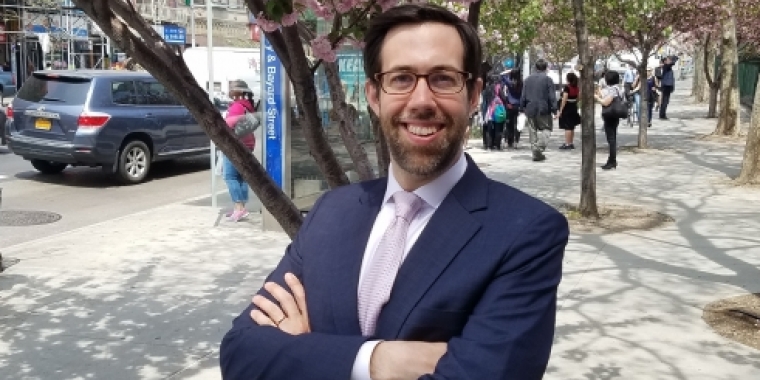
Brooklyn Paper Op-Ed: Brooklyn Bridge Park deal is a good one for Bklyn
By Dorothy Siegel and Norman Cox
Two years ago, the governor and the mayor were steamrolling ahead with plans to construct new luxury housing in Brooklyn Bridge Park as a source of funding for park maintenance. Most odious were the two planned 300-foot towers on the corner of Hicks Street and Atlantic Avenue. The mayor and governor showed no interest in considering alternatives to constructing these new buildings. Many of the active recreational elements that the community long advocated for were gone, replaced by kayaking and expensive landscaping.
The community found this situation intolerable and responded at the polls. In 2008 and 2009 we elected new representatives — state Sen. Daniel Squadron and Councilmen Steve Levin and Brad Lander — and re-elected Assemblywoman Millman and Congresswoman Velazquez, all of whom were willing to fight for alternatives to housing and for community priorities. The community — primarily through the efforts of the Brooklyn Bridge Park Defense Fund — also secured the solid support of Community Boards 2 and 6 to fight the new housing, consider alternatives to new housing, and ensure the construction of recreation facilities in the park. Even the Community Advisory Council of the BBP Corporation was on board!
Our representatives negotiated two dramatic changes in the park’s plans. The first, in March 2010, transferred the park to the city, snared a city commitment of $55 million to construct more of the park (especially recreation facilities), gave the local elected officials seats on the park’s governing body, and forced the city to consider alternatives to housing.
Our representatives argued back and forth with the mayor, trying to cement a new agreement to obviate the need for revenues derived from new luxury housing. Mayor Bloomberg wouldn’t budge — and he cut $11 million of capital funding the city had earmarked for recreational facilities in the park.
But this week, Bloomberg, Squadron and Millman agreed to dramatically reduce the need for new housing to fund park maintenance, provide money needed for recreational facilities and ensure that the park will move toward completion.
Most important, the agreement provides a clear path toward the elimination of all housing on Pier 6.
The height of the new building at John Street is significantly reduced — from 170 feet to 130 feet — ensuring that it is in scale with adjacent tall buildings.
The agreement also promises an all-seasonal recreational “bubble”; an ice skating rink; two tennis courts; a new small park near John Street; and a pool for at least the next five summers. The community has waited for decades for recreation facilities which will now be built, mostly within the next couple of years.
The agreement does not provide everything the community sought. But the community has won a great victory.
Now Brooklyn Bridge Park will move forward with dramatically reduced housing within its borders, incredible recreation facilities and a sustainable source of funding to ensure its vitality for decades to come.
Dorothy Siegel is the Working Families Party District Leader for the 52nd Assembly District. Norman Cox is the president of the Columbia Waterfront Neighborhood Association
Click here to read this op-ed on the Brooklyn Paper's website.



